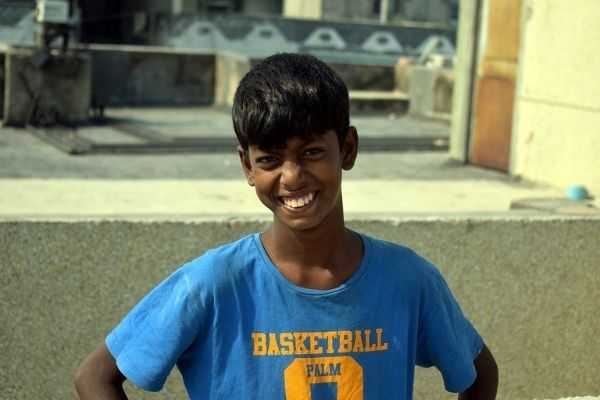Indian teenagers need to eat healthy, BMI of Indian youths amongst worst across country

A recent study highlights the lower BMI in Indian teenagers
While the developed western countries are dealing with obesity in teenagers, India has ranked amongst the worst in the BMI of teenagers. Recent studies have indicated that around 20 per cent of the school age children are overweight in European countries. In North America, 30 per cent of these children are overweight and 20 per cent are obese. As per the WHO numbers, 1 in 10 school going kids are either overweight or obese.
On the other hand, a recent study has highlighted a very important issue of lower BMI amongst Indian teenagers. As per the study in The Lancet, popular weekly medical journal, India ranks 5th and 3rd from the bottom respectively amongst countries where 19-year-old boys and girls have a low body mass index. The study provides new estimates for BMI trends in the year 2019 in 200 countries after analysing 2,181 studies.
BMI (Body Mass Index) is measured as the weight in kilograms divided by the square of the heights in meters. WHO (World Health Organization) guidelines defines a normal BMI range as 18.5 to 24.9, overweight as 25 or higher and obesity if BMI is 30 or higher.
The mean BMI amongst Indian 19-year-old girls in 20.1, compared to a high of 29.0 in Tonga and a low of 19.6 in Timor-Leste. For boys, the mean BMI is 20.1 in India and 29.6 in the Cook Islands, and lowest 19.3 in Ethiopia. The mean height of Indian 19-year-olds girls is 155.2 cm and 166.5 for boys. The mean of Netherlands (highest) girls is 170 cm and 183.8 cm for boys. The lowest mean height amongst boys is in Timor-Leste 166,1 cm and amongst girl is 150.9 in Gautemala.
The Lancet study analyses the child and adolescent physical growth in the last 35 years. It has used 115 data sources of India in which more than 21 lakhs had participated.
Read more: Tone Policing as a Way to Curb Important Conversation

Head of the public Nutrition division at the National Institute of Nutrition, Hyderabad, Dr A Laxmaiah said, “We have a dual burden in a country like India which is still a developing country, undernutrition and overnutrition. The obesity and overweight in Indian boys and girls is lesser in India in comparison to other developed countries. There could be various reasons like dietary intake, epigenetic, parental education, psychological, familial, income, occupations and more.”
BMI and height are anthropometric measures of the quality of healthiness and nutrition of the living environment during adolescence and childhood and are highly predictive of developmental and health outcomes throughout life.
Having excessive low weight as per the BMI can increase the risk of mortality and morbidity, reduces educational performance, impairs cognitive development and affects work productivity in later life. High BMI (overweight and obesity) can increase the risk of disability, premature death in adulthood, poor educational outcomes, poor mental health.
The majority of lower BMI is found in the rural areas where either people are not educated enough to know the importance of nutrition or they do not have enough resources to feed their boys and girls.
Have a news story, an interesting write-up or simply a suggestion? Write to us at info@oneworldnews.com







